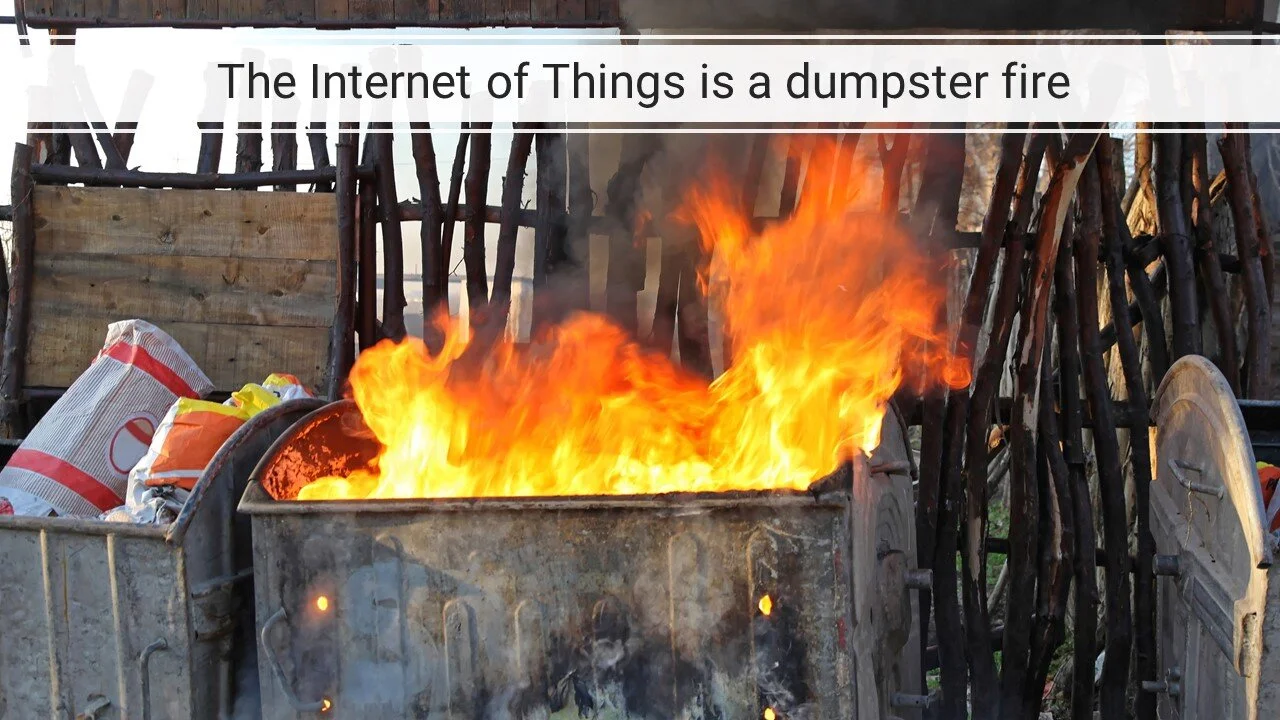Similar Posts
Upcoming Event: Cyber security for Bellingham families and neighborhoods
ByKayneIn this session, you’ll learn:
– how cyber criminals hack into smart devices, bank accounts, and cloud services
– two easy ways you can protect your family’s accounts
Threat Landscaping
ByKayne“Have a KPI about value that came out of your threat intelligence feed. Did it actually cause you to do something differently? Were your analysts able to act on this, or was it just another thing that they had to go look at? Because when you think of time as being our chief enemy, if it’s sucking time and not producing value, why do you keep it? It’s a data feed, ultimately. At the end of the day, you have to contextualize it in terms of your organization. Threat actors tend to vary in terms of behavior in their TTPs. And consequently, you need to really tailor your threat intelligence. And if you’re not getting that tailored information, drop it.”
Maximizing the Impact of Data Analytics
ByKayne“Being able to rapidly detect and evict threats is necessary in the modern enterprise to avoid regulatory and legal penalties while protecting confidential data or trade secrets,” says Kayne McGladrey, CISSP (@kaynemcgladrey), cybersecurity strategist at Ascent Solutions.
Three US state laws are providing safe harbor against breaches
ByKayneThe affirmative defenses combined with making strategic decisions based on published facts is a compelling reason for organizations to select and plan to adopt a framework before the start of the next budgetary year.
37 Cybersecurity Awareness Month Quotes from Industry Experts in 2023
ByKayneWhen CISOs work with go-to-market teams, cybersecurity transforms from a mere cost center into a valuable business function. This change is crucial in B2B interactions where robust cybersecurity controls offer a competitive advantage. A centralized inventory of cybersecurity controls, grounded in current and past contracts, helps businesses gauge the financial impact of these partnerships. This inventory also identifies unnecessary or redundant controls, offering an opportunity for cost reduction and operational streamlining. By updating this centralized list after the termination of contracts, the business can further optimize both its security posture and operational costs. This integrated strategy empowers the business to make well-informed, data-driven decisions that enhance profitability while maintaining robust security controls.
Drafting Compliance Episode 19: Moving to FedRAMP Rev5
ByKayneKayne and Tom talk about the FedRAMP Rev4 to Rev5 transition. Learn about key control changes, the shell game that is Rev5 and obviously, the unique flavor profile of a new beer.
